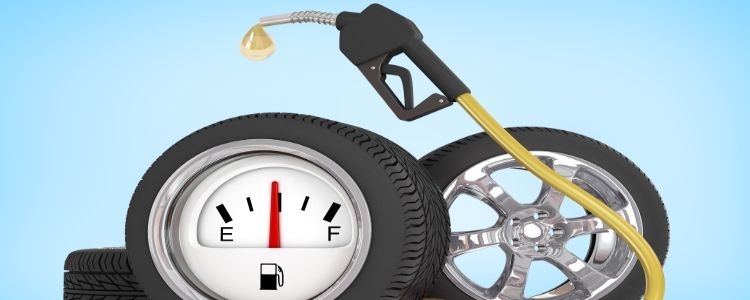Traveling to work is a fact of life for most people, and the daily slog puts many of us into some kind of rush hour traffic. This can often be the most stressful time of day for people, and for their cars. Stop-and-go traffic can really take a toll on your vehicle’s parts much faster than you may realize.
Paying attention to your vehicle and how it drives is always important. Your car may even be telling you about its problems, and, if you know how to listen, you may be able to keep your car in good condition longer. Let’s look at some of the more damaging wear and tear to your car your daily drive may be causing.
Damaging Driving
 Rush hour driving is one of the most dreaded parts of any commute, and your car agrees. Driving in stop-and-go traffic—typically considered a “severe driving condition”—will put extra strain on your vehicle. The impacts of this can affect your car in several ways.
Rush hour driving is one of the most dreaded parts of any commute, and your car agrees. Driving in stop-and-go traffic—typically considered a “severe driving condition”—will put extra strain on your vehicle. The impacts of this can affect your car in several ways.
- Engine – When you drive in rush hour traffic, your engine will be left idling longer than usual, which means weak engine ventilation. This can lead to carbon build-up in your engine, which can be the beginning of some costly damage. You may find that you need to change your oil more often, as well.
- Brakes – Heavy traffic can cause you to use your brakes more frequently and harder than normal, which can cause them to wear out more quickly. Get your brakes checked often and pay attention to signs of abnormal wear, like pulling to one side as you brake.
- Transmission – Like your engine, your transmission fluid needs time to warm up. But excessive stop-and-go driving may cause your transmission fluid to overheat, which means it may not work as intended. In addition, hard starts and stops experienced during rush hour can take a toll on your transmission mounts.
- Tires – Proper tire care is always a good idea, but stop-and-go driving can cause higher-than-normal wear on your tires. It can also be more difficult to get to the shoulder of the road if you get a flat during rush hour.
Practice Proper Preventative Procedures
Vehicle wear and tear is unavoidable, but you can protect your car from lasting damage by performing regular maintenance on the parts that your drive impacts the most. Remember to check your owner’s manual for recommended maintenance schedules in severe conditions, because they may differ from the normal schedules for your vehicle.
Another tip: drivers with a shorter than average commute also face a higher risk of vehicle damage, especially to the engine. This is because your vehicle may not have time to properly warm up, and running your car below normal operating temperatures can lead to damaging carbon build-up in the engine.
The Bottom Line
If your commute has you needing a new vehicle, but credit problems have you down, Auto Credit Express can point you in the right direction. Let us match you with a dealer in your area who has the lending resources available to help people in challenging credit situations. Our service is free of cost and obligation. Take the first step now by filling out our online auto loan request form!
















